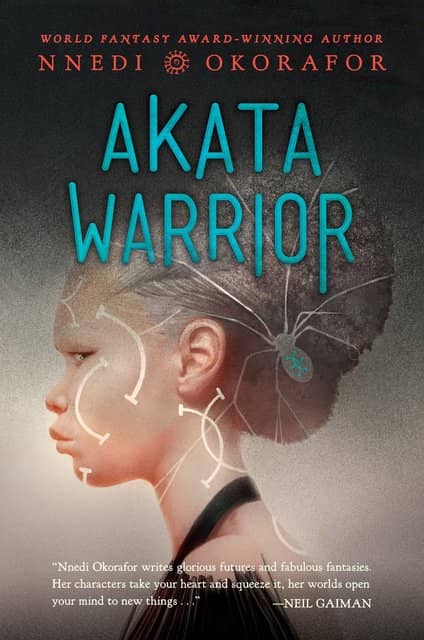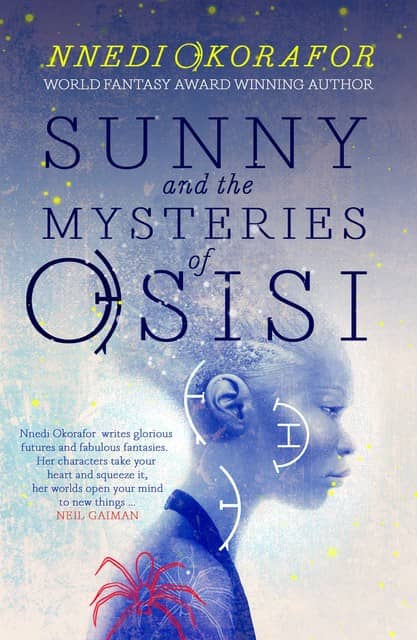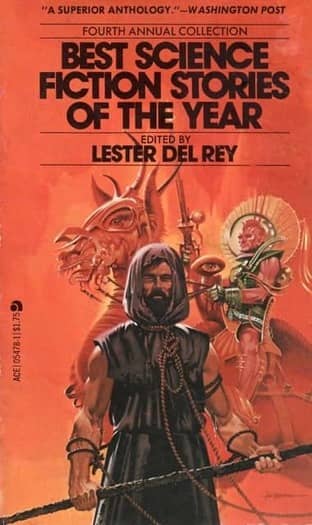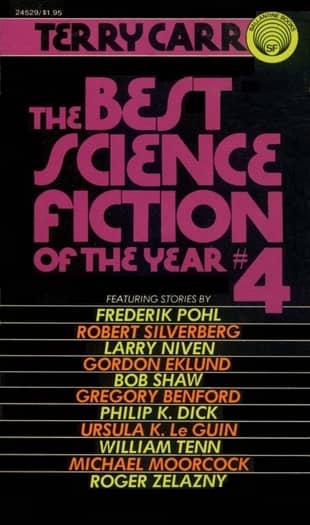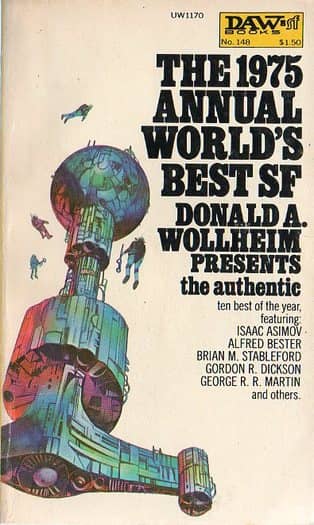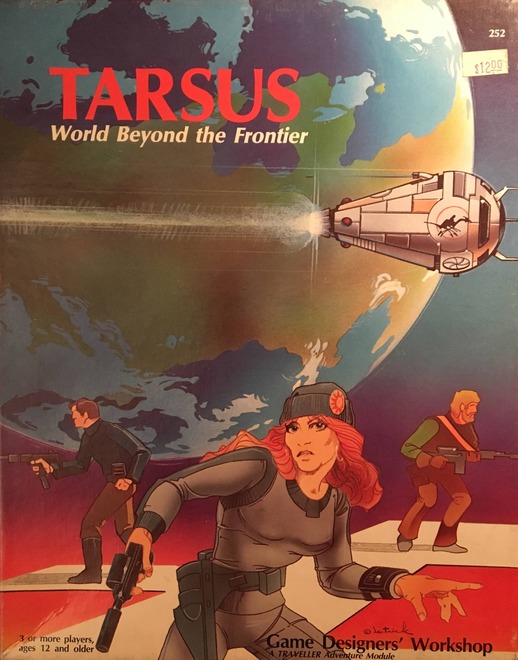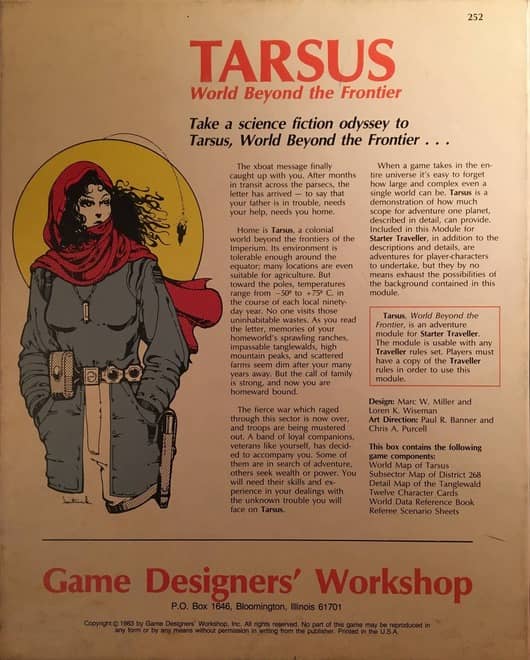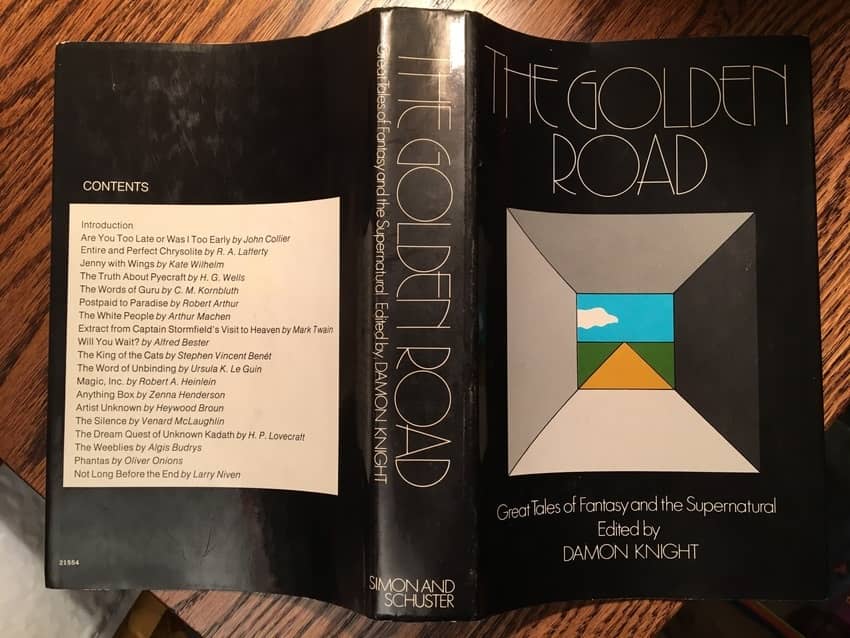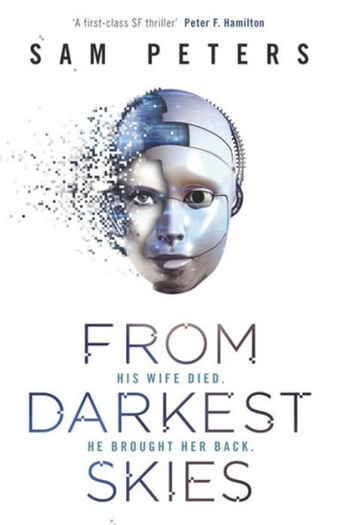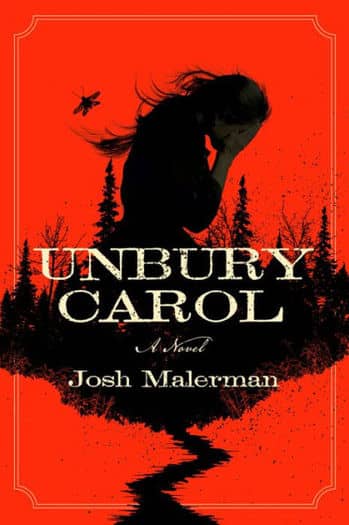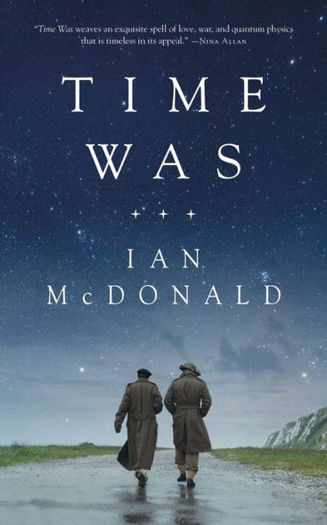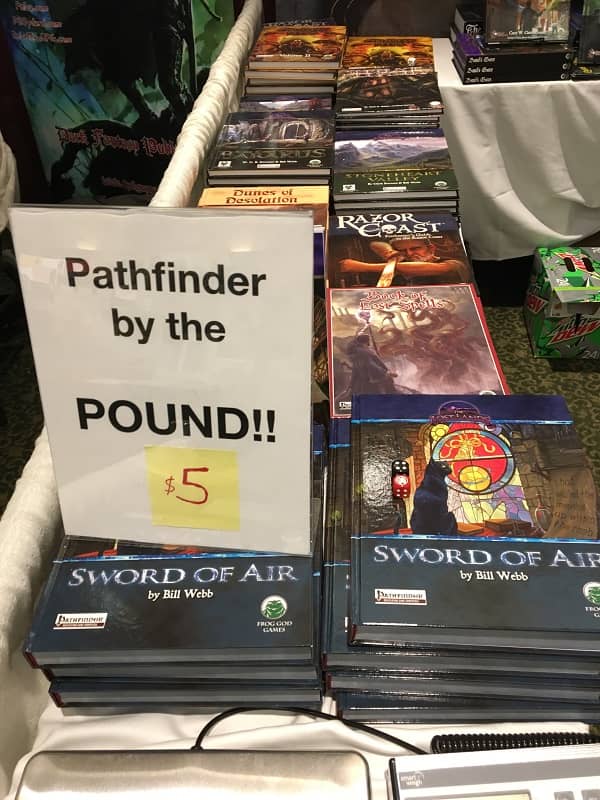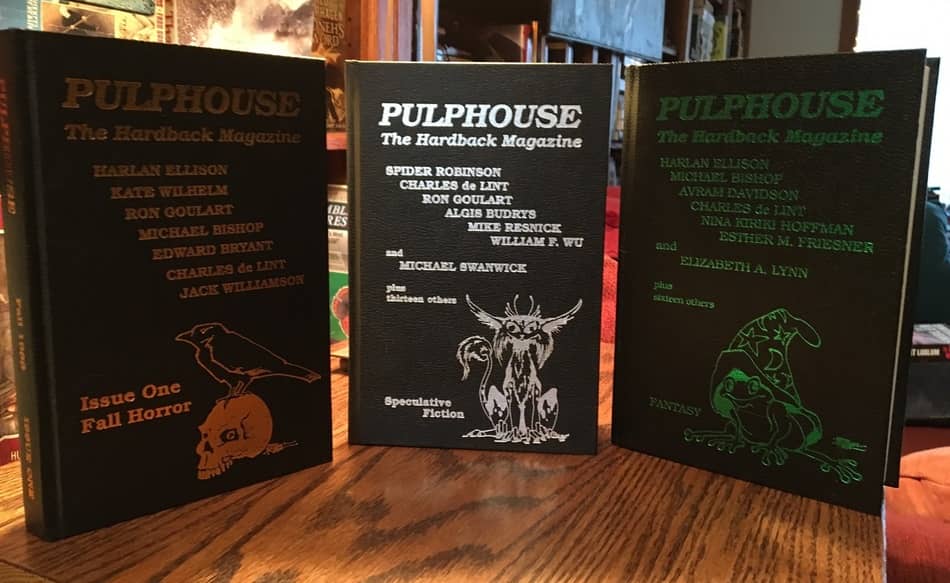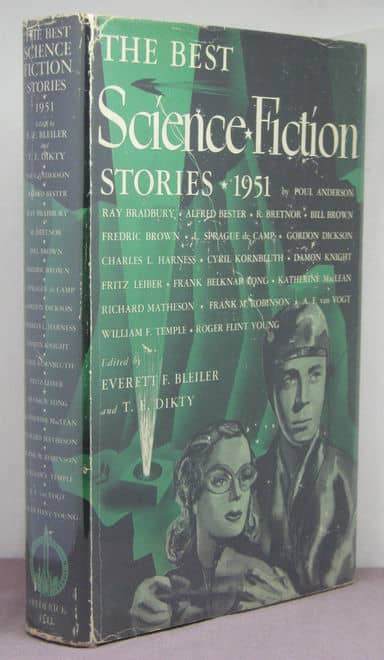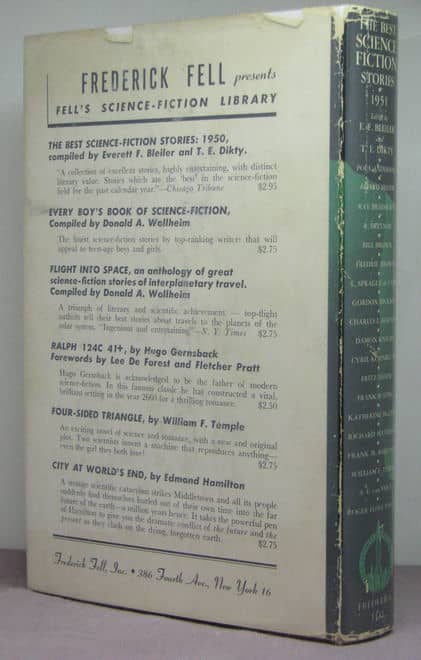Gary K. Wolfe on Cecelia Holland’s Floating Worlds and Other Classics That Deserve Modern Attention
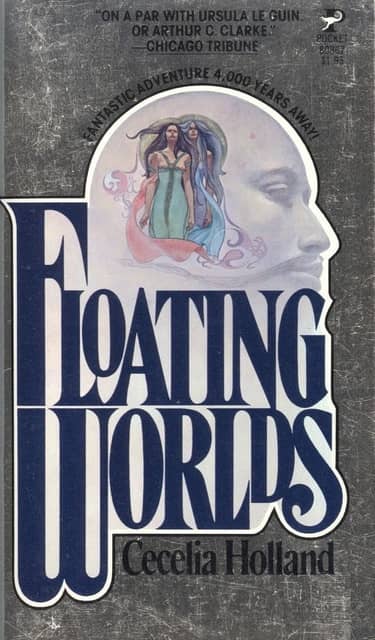 |
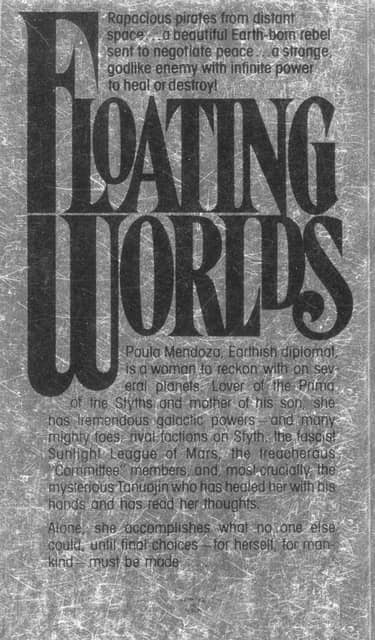 |
1977 Pocket Books paperback. Foil cover by Harry Bennett
On Episode 328 of The Coode Street Podcast, my recent audio addiction, Jonathan Strahan asked his co-host Gary K. Wolfe if there was some book of value, “or simply that you loved when you were a younger reader,” that he wished he could bring modern attention to.
If you know Jonathan and Gary, you appreciate that’s precisely the kind of question that could fill an hour-long episode all on its own. But Gary provided what I thought was a remarkably cogent and focused reply, all the more remarkable for its brevity. After noting that “When you get to be my age, a younger reader covers a span of decades,” and paying homage to Andre Norton’s Cat’s Eye and Star Man Son, Gary called out a long-forgotten SF novel from 1976.
One of the classic one-off science fiction novels, I think from maybe 40 some years ago now, was Cecelia Holland’s Floating Worlds, a historical novelist using her historical imagination to construct a pretty powerful solar system space opera. I’ve not re-read that in a long time. I’d like new people to look at that and see if, hey, was I right? Was this as good as I thought it was?
Although Floating Worlds is a neglected classic here in the US — its last paperback printing was in 1979 from Pocket Books — it has a much richer history in the UK, with eight print versions and an e-book edition between 1976 and 2014.
